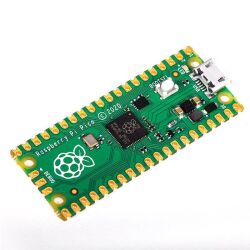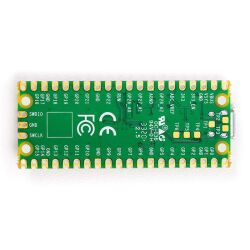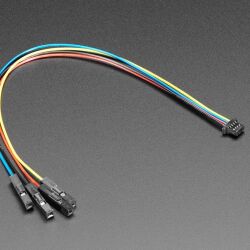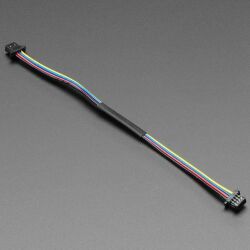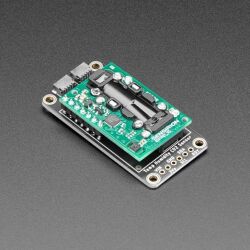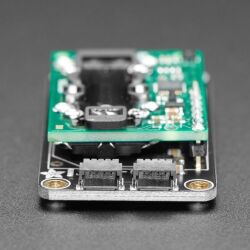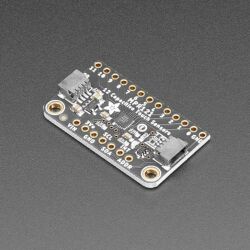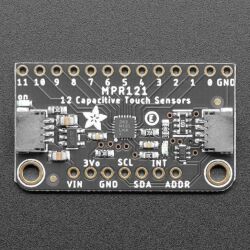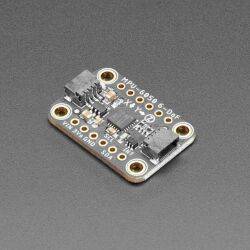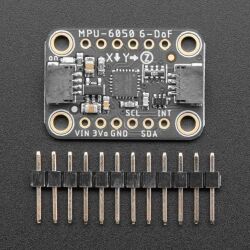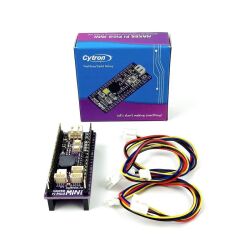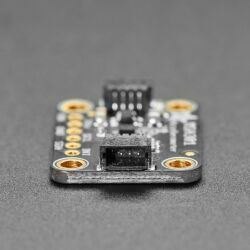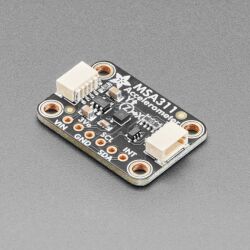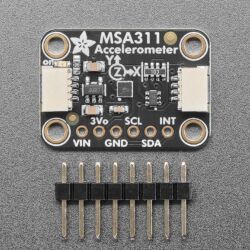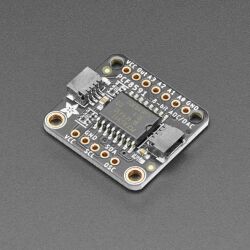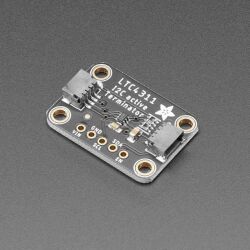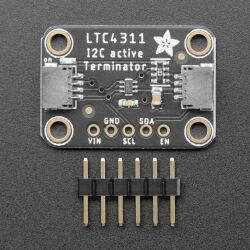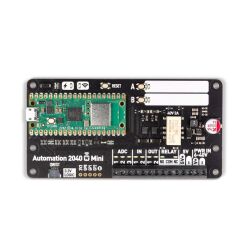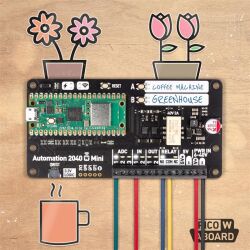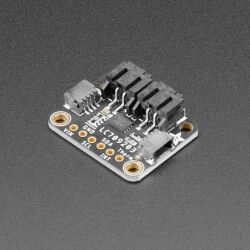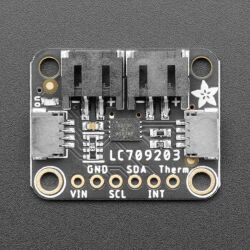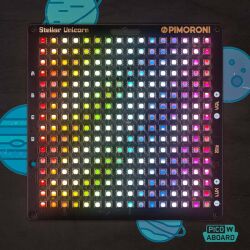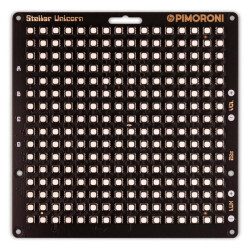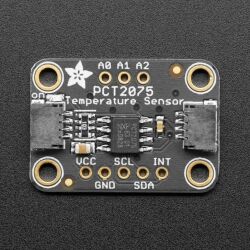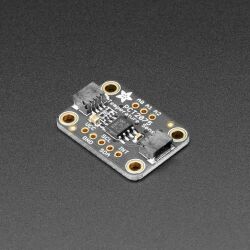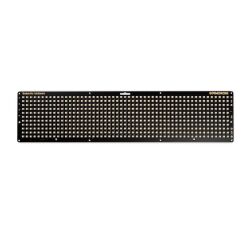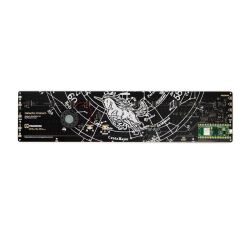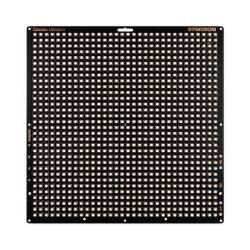Description
The TMP117 Precision Temperature Sensor is an I2C temperature sensor that will help you easily add temperature measurement and adjustment to your project. In addition to the obvious support for reading the temperature, the TMP117 can also monitor the temperature and alert you when corrective action needs to be taken.
We use the TMP117 (not N or M) variant, which has 16-bit / 16-bit / 0.0078°C measurement resolution, wide operating range of -55 to 155°C, and up to ±0.1°C accuracy. The chip also has high and low temperature alerts and interrupt support, and hardware support required for NIST traceability, this temperature sensor is perfect for applications where you need to keep a close eye on temperature. The manufacturer, Texas Instruments, suggests it for use in sensitive applications like thermostats and cold chain asset tracking, or even gas and heat meters!
TMP117 temperature sensor has different accuracy for different ranges, here's what you can expect as the maximum variation for popular temperature ranges:
- ±0.1°C (maximum) from –20°C to +50°C
- ±0.15°C (maximum) from –40°C to +70°C
- ±0.2°C (maximum) from –40°C to +100°C
- ±0.25°C (maximum) from –55°C to +125°C
- ±0.3°C (maximum) from –55°C to +150°C
To make using it as easy as possible, we've put the TMP117 on a breakout PCB in our Stemma QT form factor with a sprinkle of support circuitry to give you options when testing. You can either use a breadboard or the SparkFun qwiic compatible STEMMA QT connectors, and compatibility with 5V voltage levels as commonly found on Arduinos, as well as 3.3V logic used by many other boards like the Raspberry Pi or our Feathers. QT Cable is not included, but we have a variety in the shop for quick plug-and-play support.
To get started, all you need to do is look over the Pinouts page to familiarize yourself with the board, and then use the Arduino or Python & CircuitPython pages for instructions on how to wire up the TMP117 to your board, as well as libraries and example code to get you started.


